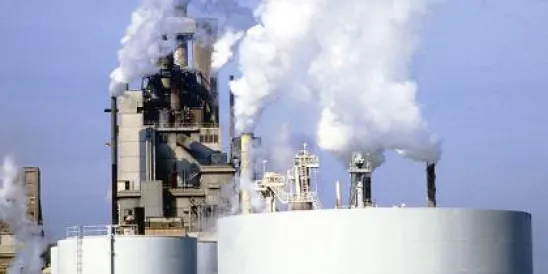A federal district court ruled on March 10 that citizens may bring a RCRA imminent and substantial endangerment case based on the ground deposition of material emitted from a facility’s smoke stacks. The Little Hocking Water Assoc., Inc. v. E.I. du Pont Nemours & Co., 2015 BL 64422, S.D. Ohio, No. 09-cv-1081, 3/10/15. Explicitly rejecting Ctr. for Cmty. Action & Envtl. Justice v. BNSF R. Co., 764 F.3d 1019 (9th Cir. 2014), in which the 9th Cir. refused to recognize a similar claim regarding particulate emissions from locomotives, the court held that the deposition on the ground of air emissions could constitute the “disposal” of “solid waste” under RCRA’s imminent and substantial endangerment provisions.
Cases such as these, as well as those holding that common law tort claims regarding air emissions are not preempted by the Clean Air Act (see, e.g., Bell v. Cheswick Generating Station, 734 F.3d 188 (3rd Cir. 2013), cert. denied sub nom. GenOn Power Midwest v. Bell, 134 S.Ct. (2014); Freeman v. Grain Processing Corp., 848 N.W.2d 58 (Iowa 2014), cert. denied, (U.S. Dec. 1, 2014)), could encourage more aggressive litigation based on allegations of harm associated with the land deposition of particles emitted into the air.
The court also held that the seepage of contaminants from non-point sources might also constitute the disposal of solid waste (after having concluded that discharges through an NPDES permitted outfall did not trigger RCRA imminent and substantial endangerment jurisdiction, even if the permit did not explicitly identify the material at issue).



 />i
/>i
